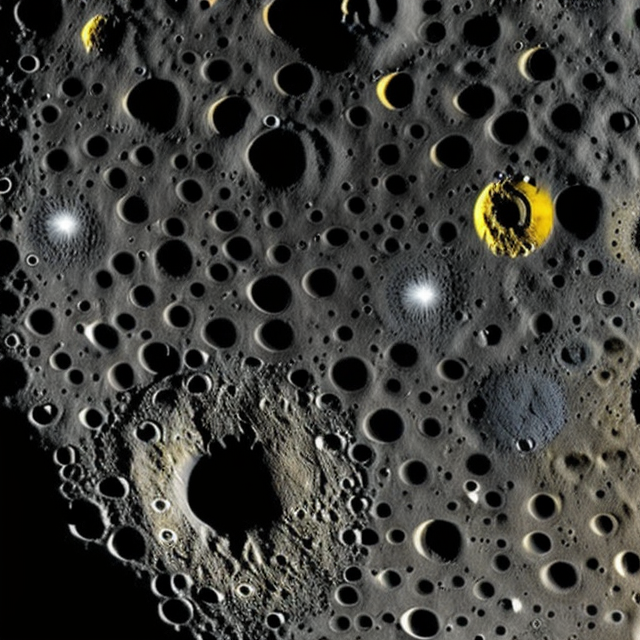|
|
Space Astro
|
Info for exoplanet "Angchyou"
| Scientific (actual) data |
|---|
| Name | Kepler-347 c |
| Planet status | Confirmed |
| Radius | 0.156 |
| Orbital period | 27.3209 |
| Semi major axis | 0.183 |
| Discovered | 2014 |
| Updated | 2021-02-05 |
| Tconj | 2454990 |
| Impact parameter | 0.77 |
| Publication | Announced on a website |
| Detection type | Primary Transit |
| Alternate names | 2MASS J19164790+4918205 c, K01992.02, KIC 11450414 c, KOI-1992 c, KOI-1992.02, WISE J191647.89+491820.4 c |
| Star name | Kepler-347 |
| Right ascension | 289.2° |
| Declination | 49.31° |
| Mag j | 13.391 |
| Mag h | 13.076 |
| Mag k | 13.047 |
| Star distance | 1349.45 |
| Star metallicity | -0.068 |
| Star mass | 1.04 |
| Star radius | 1 |
| Star temperature | 6088 |
| Star alternate names | 2MASS J19164790+4918205, KIC 11450414, KOI-1992, WISE J191647.89+491820.4 |
| Wikipedia article | Kepler-347 c |
Back
| |
| Fictional info (?) |
|---|
| Suggested name | Angchyou |
| Planet type | Planet |
| The two polar ice caps appear to be made largely of water. |
| Atmosphere | Hydrogen deuteride (HD) | 92% |
| Hydrogen peroxide | 6.8% |
| Carbonyl sulfide | 0.27% |
| Atmospheric pressure | 90 bar |
 |
| No known satellites |
| Google search for Angchyou |
|
Website by Joachim Michaelis
|
|
|
|